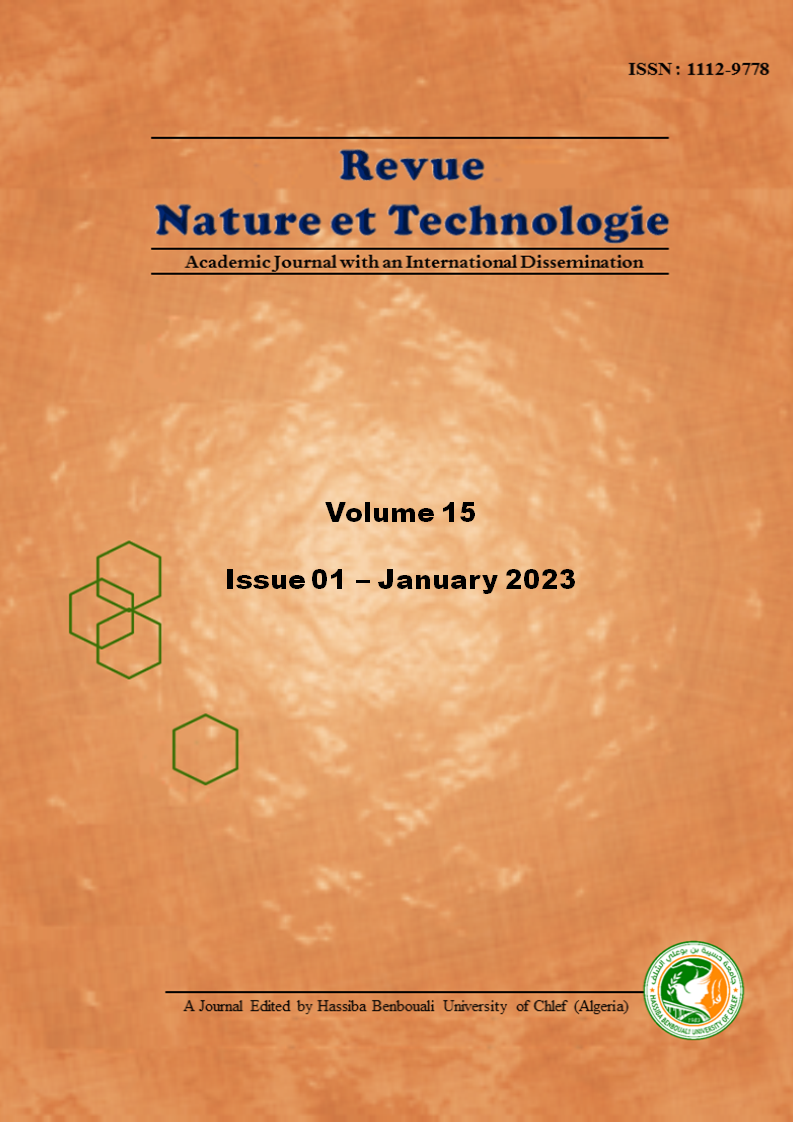Productivity and use of cattle rangelands in the prefecture of Tchamba in Togo
Abstract
The breeding of ruminants in developing countries remains dependent on the availability fodder resources. The study carried out along the transhumance corridors of the Tchamba Prefecture in Togo, aims at: (i) assessing the use value, the availability, and pasture management practices; (ii) estimating the productivity and carrying capacity of pasture, and (iii) measuring the pastoral value of rangelands. It was based on the analysis of phytosociological and ecological inventories as well as individual interviews of breeders along the transhumance corridors. The most reported plants by breeders were: Andropogon gayanus Kunth var. tridentatus Hack. (100 %), Panicum maximum Jacq. (96.55%), Daniellia oliveri (Rolfe) Hutch. & Dalz (79.31%), Imperata cylindrica (L.) P. Beauv. (79.31%), and Adansonia digitata L. (72.41%). A total of 109 plant species including 53.33% trees and shrubs were identified. This flora is dominated by microphanerophytes (31.84%), and nanophanerophytes (29.78%). The mean productivity of the pasture is 2227 kg DM/ha allowing a carrying capacity of 0.33 TLU/ha/year. The fodder flora is dominated by species of average pastoral value (55%). The target pastures must be enriched with ligneous and herbaceous fodder plants in order to guarantee better animal feed and limit animals’ wandering in the riparian agrarian areas, sources of farmer-herder conflicts. It is also necessary to develop watering areas for the animals.

Downloads
Published
How to Cite
Issue
Section
License
Copyright (c) 2023 Nature & Technology Journal

This work is licensed under a Creative Commons Attribution 4.0 International License.
- All publications of "Nature & Technology Journal" are available under CC-BY Creative Commons Attribution 4.0 International which allows sharing, copying, reproduction, distribution, communication, reuse, adaptation by all means, in all formats and under all licenses.
- Any exploitation of the work or derivative works, including for commercial purposes, is possible. The only obligation is to credit the creators of the authorship of the original works, to indicate the sources and to indicate if modifications were made to the works (obligation of attribution).
This License gives:
- Nature & Technology Journal the right to develop, promote, distribute and archive the article set cited above (including, without limitation, the right to publish the work in whole or in part in any form whatsoever) and ensure the widest dissemination.
- The author (s) reserves the right to use all or part of this article, including tables and figures of his own works, providing that the appropriate recognition is given to the publisher as the holder of the copyrights, and the right to make copies of this article for its own use, but not for sale.




